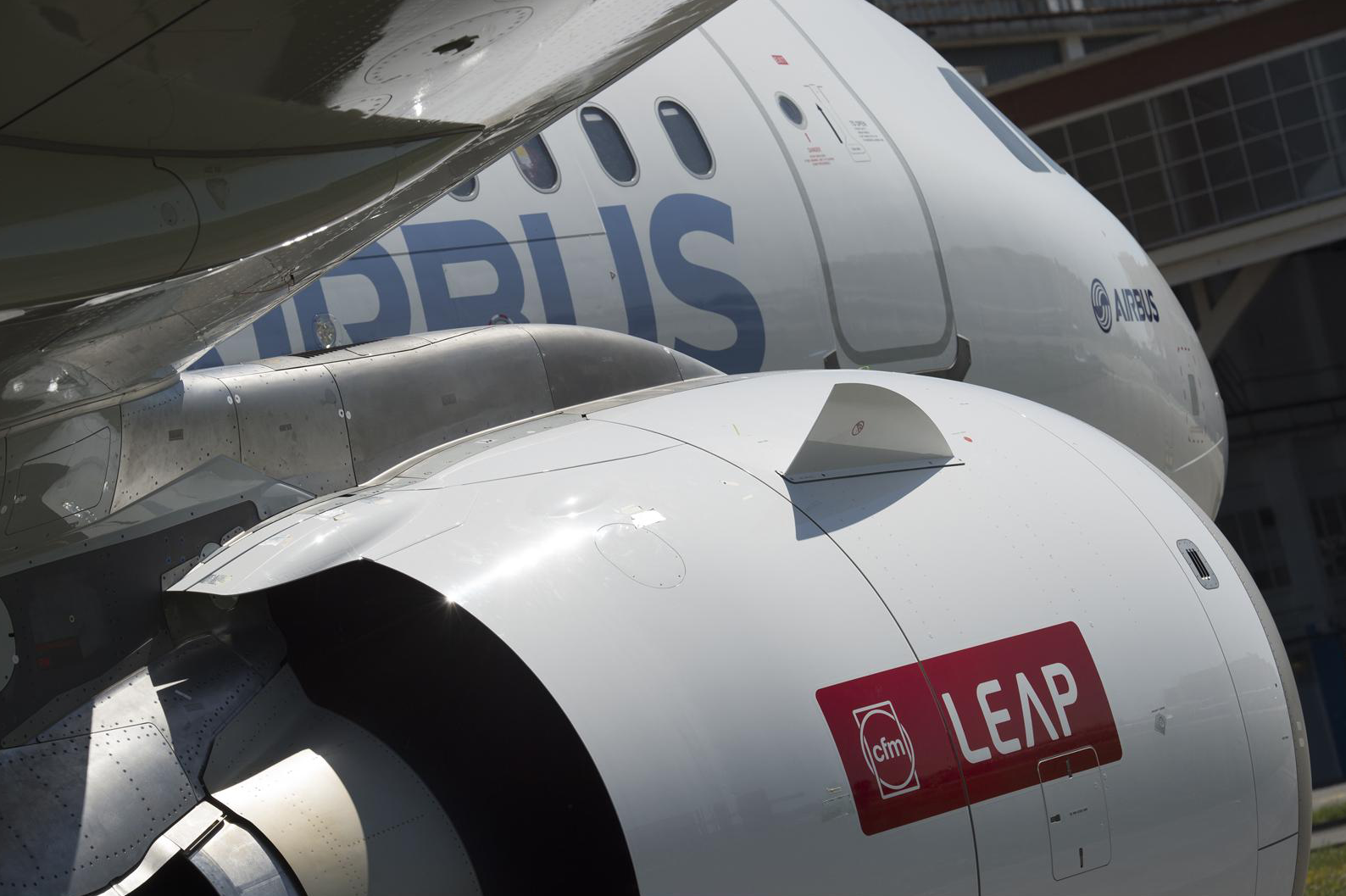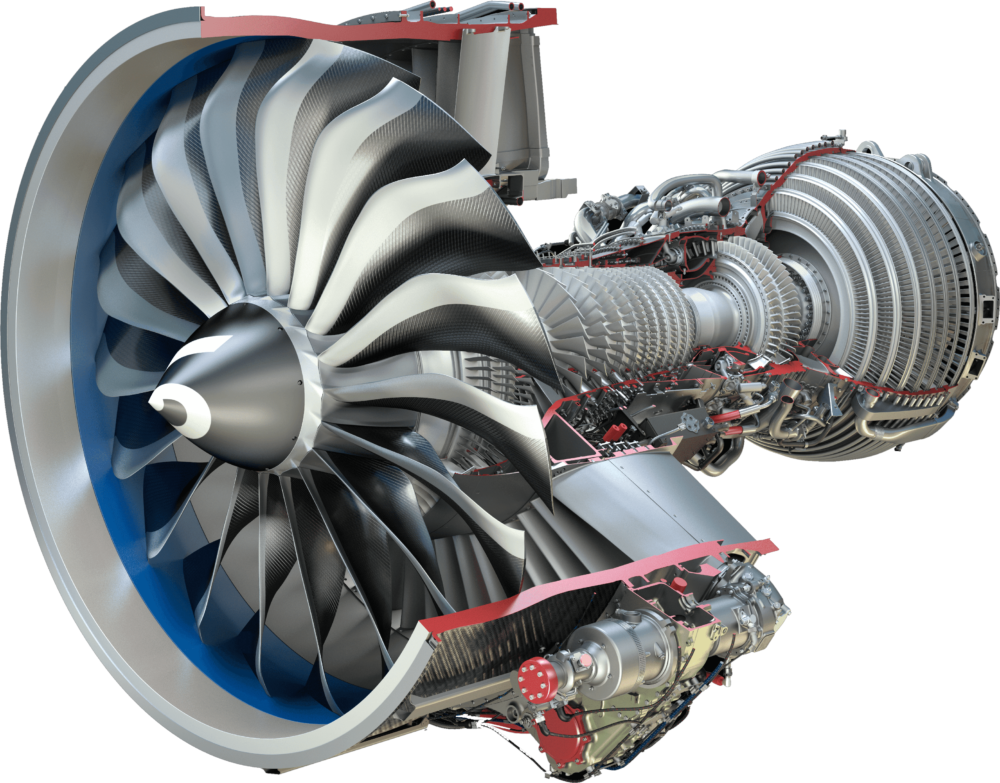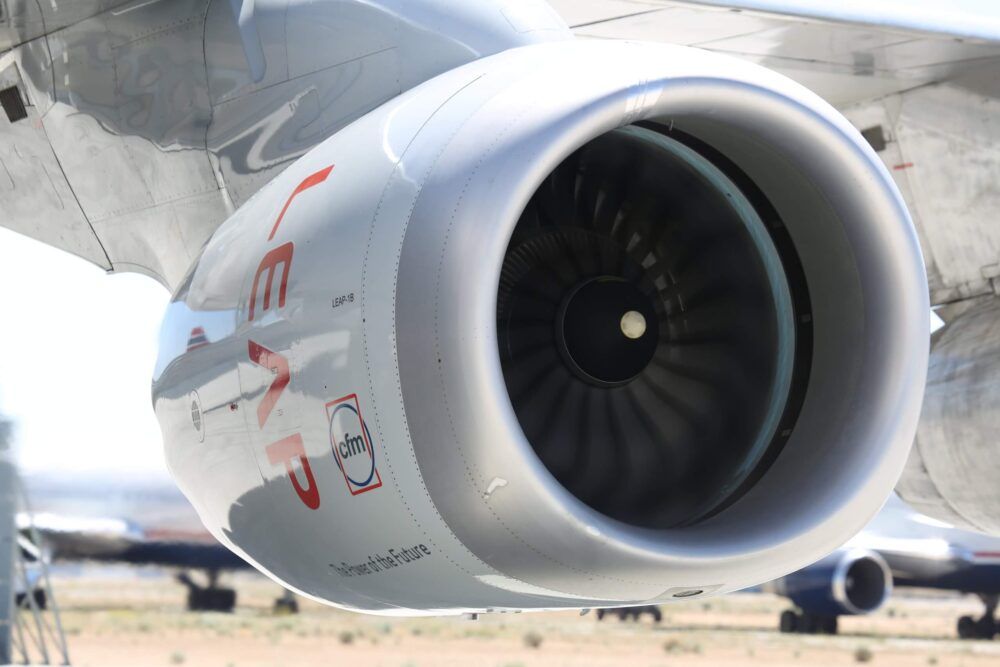The FAA is proposing to issue an airworthiness directive for some Leap-1A engines installed on Airbus A320neos. The regulator cites concerns with a quality issue in the High Pressure Turbine, which, in extreme circumstances, could lead to an uncontained engine failure. This is not the same engine involved in inflight shutdown events in India.
FAA proposes airworthiness directive for Leap-1A
The FAA has proposed an airworthiness directive (AD) relating to certain CFM Leap-1A turbofan engines used on the Airbus A320neo. Revealed yesterday, March 24th, the proposed AD has been brought to light following an identified manufacturing issue that could, in extreme circumstances, cause an uncontained engine failure.
According to the FAA, X-rays taken of the bleed ports of the high pressure turbine (HPT) case showed 148 parts with nonconforming indications. This, it said, could lead to over-temperature of the HTP seal and uncontained rotor failure. In the document, the FAA said that,
This AD was prompted by a report of a manufacturing quality escape found during inspection of an HPT case. The FAA is issuing this AD to prevent failure of the HPT case. The unsafe condition, if not addressed, could result in failure of the HPT case, uncontained rotor release, damage to the engine, and damage to the airplane.
If the proposed AD comes into effect, operators will be required to replace the affected HPT case. Building on a similar directive issued by CFM in October 2020, operators will need to make the replacement before the case exceeds the cycles defined in that publication, or during the next part exposure event.
The impact of this AD is rather limited, as the FAA estimates it affects only eight engines installed on aircraft of US registry. In terms of cost, it’s a little more significant. The part itself costs $217,600. Including the costs for the labor to install it, the FAA estimates the cost burden to US operators to be in the region of $1.7 million.
The proposal is open for comments until May 7th, 2021.
Stay informed: Sign up for our daily and weekly aviation news digests.
About the Leap-1A
The CFM International LEAP (Leading Edge Aviation Propulsion) engine has been in use on the A320neo family of aircraft since 2016, when it was introduced with Pegasus Airlines. The engine comes in three key families – Leap-1A, which is used 0on the A320neo, Leap-1B, which powers the Boeing 737 MAX family and the Leap-1C, which is being used on the soon-to-be-certified COMAC C919.
It should be noted that this is not the same engine that has caused so many problems for airlines in India. Those A320neos were powered by the Pratt & Whitney alternative, the PW1100G. The issues experienced by the P&W engine have motivated more customers to order the LEAP for their A320neo engine option.
Despite the grounding of the MAX affecting sales of the LEAP, the company still has a substantial backlog of orders. The company states that its current orders and commitments stand in excess of 17,400 engines.



